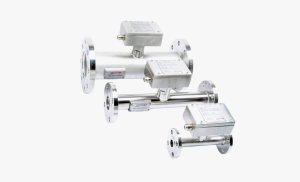
EASZ-1
EASZ-1 Overview Features & Benefits Specifications Overview The EASZ-1 is a hazardous area approved online monitor that measures the amount
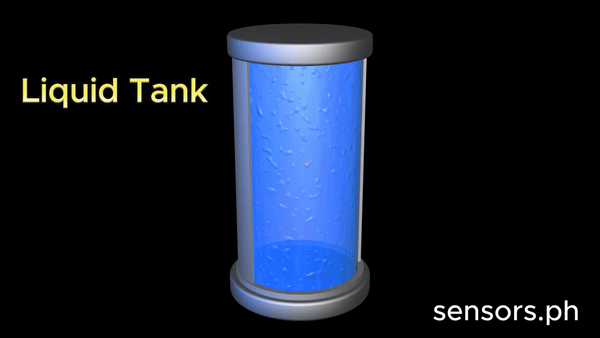
Devices designed for diverse applications vary in shapes and sizes to measure levels. The primary purpose of a tank level sensor is to inform whether a tank is empty or full or to report the fluid amount in the tank. Commonly known as level sensors, transmitters, or gauges, these devices measure point level, resembling a level switch or continuous level instruments that provide operators with the exact fluid amount in a container or tank.
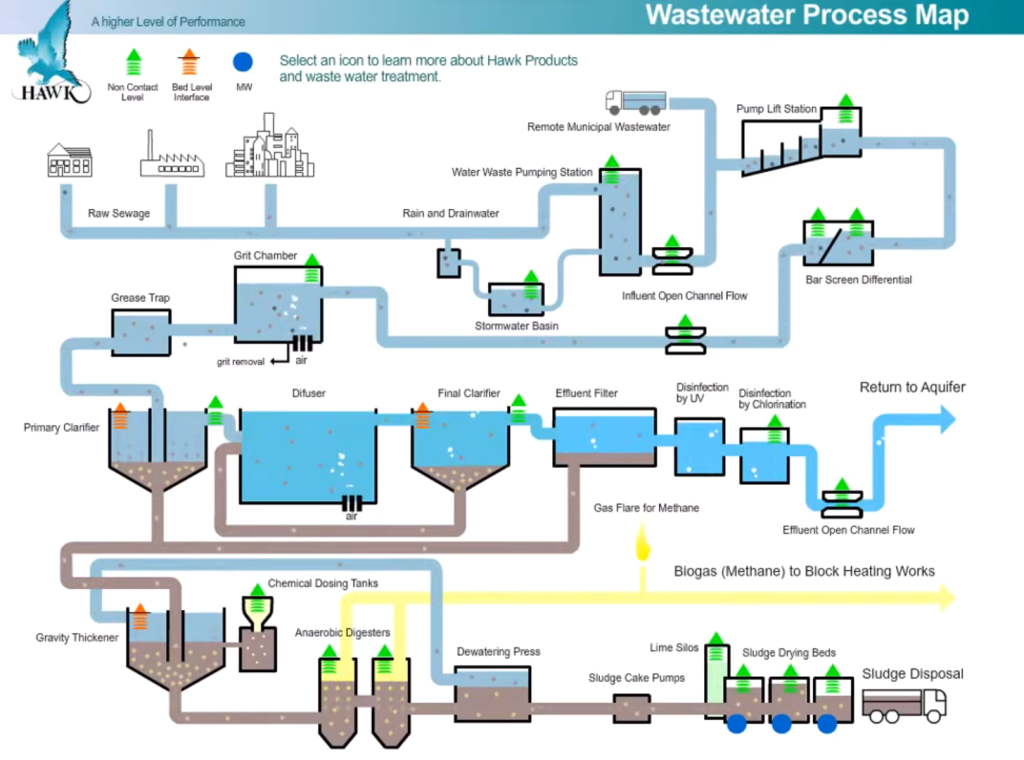
To avoid unfair confinement of all level measurements to tanks, it is essential to note that level sensors are also applicable in open channels or spaces. Some devices measure the distance between two objects, such as anti-collision sensors.
Level measurement finds numerous applications in water treatment, from raw sewage treatment plants to clarifiers, digesters, dewatering, and sludge separation. It involves liquid levels, including water, water-based liquids, and chemicals in non-pressurized or pressurized tanks. Measuring solids poses challenges, especially when they behave differently from liquids, as solids tend to build up.
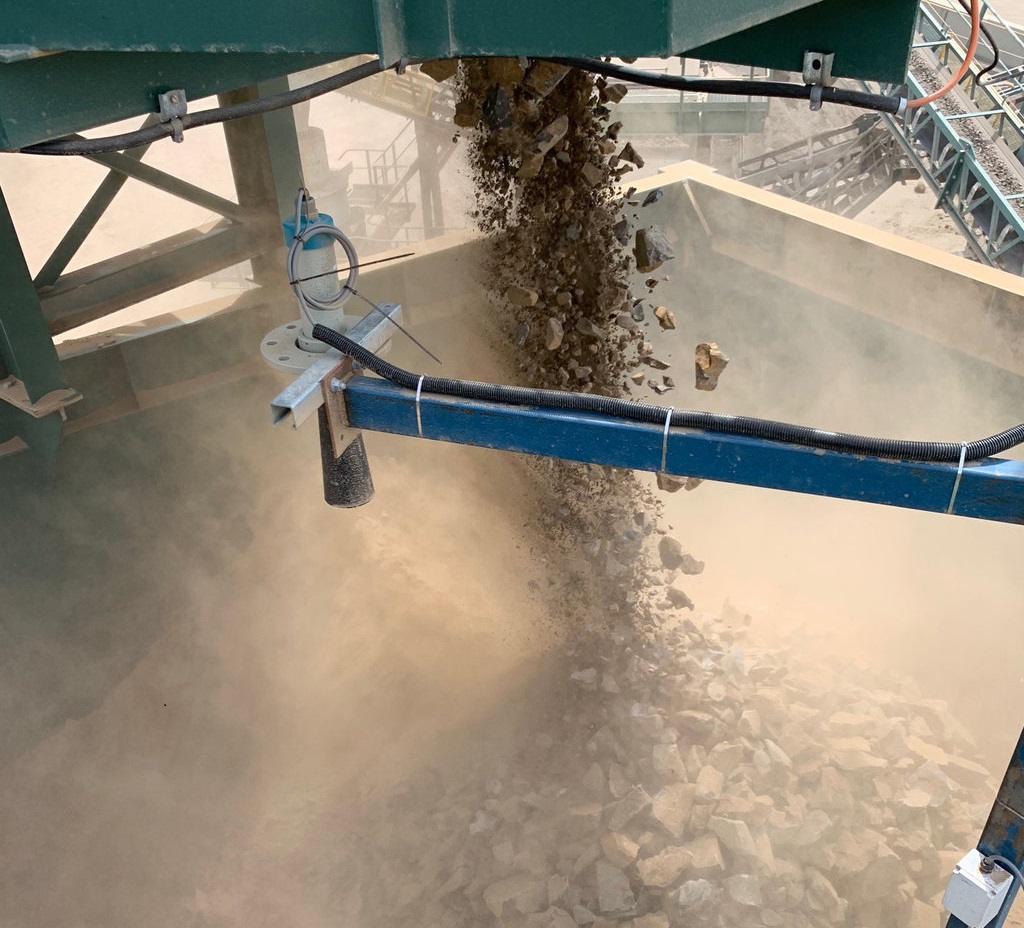
Categorizing level sensors as either contact (intrusive) or non-contact (non-intrusive) depends on the sensor setup. Multiple methods determine fluid levels. A common mechanical level sensor is often referred to as a gauge. Measuring pressure can also indicate levels in a tank or similar application, termed as “Hydrostatic Level Transmitters.”
Testing a pressure-based hydrostatic level sensor in our office involves a stainless steel tank with a mixture of sweetened water for juices. The connections use a Tri-clamp to affix to the adjoining pipe. Calibration of the level transmitter is done by referencing the Water Column.
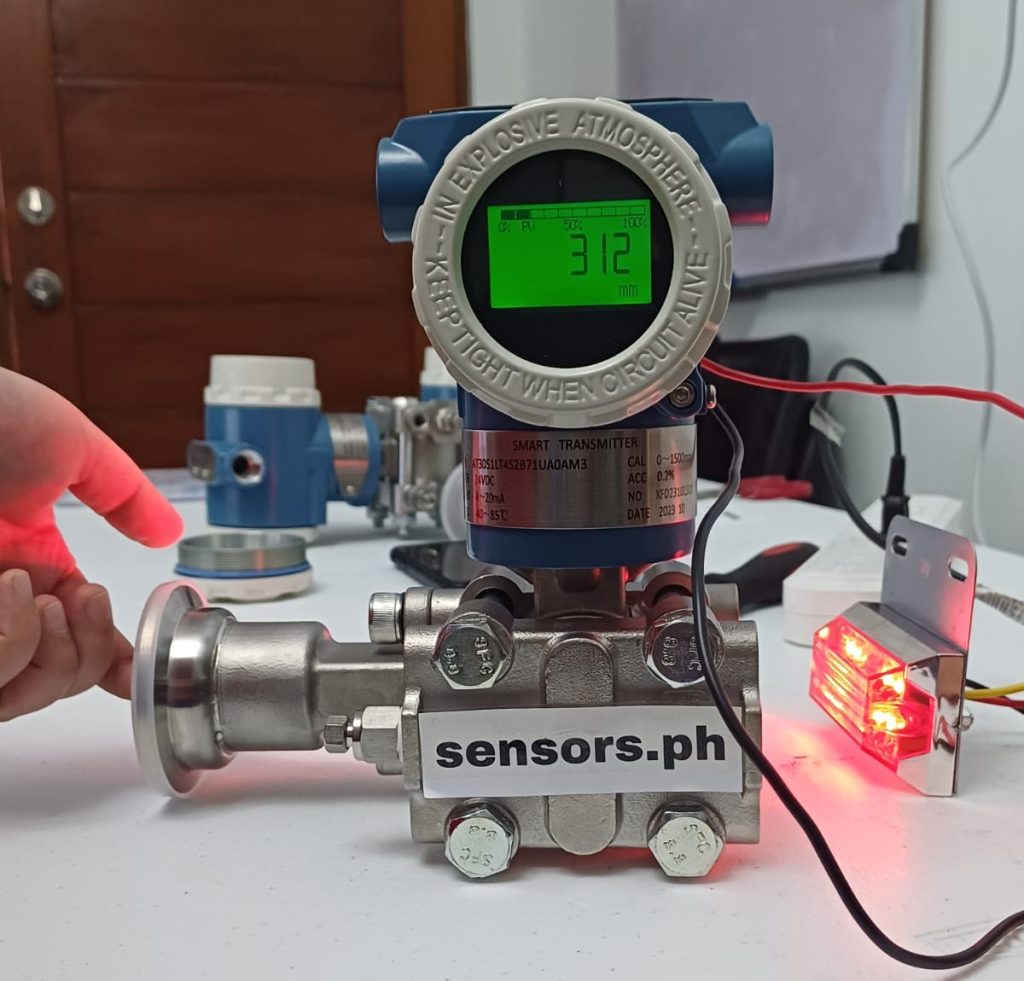
Apart from mechanical sensors, other technologies exploit frequencies across the electromagnetic spectrum. Examples include capacitance level, optics (laser and infrared sensing), conductivity, vibrating fork-type level switches, microwave level sensors, radar gauges, and acoustic level technology. Collaborating with Hawk Measurement provides access to the best contacts for application-specific assistance.
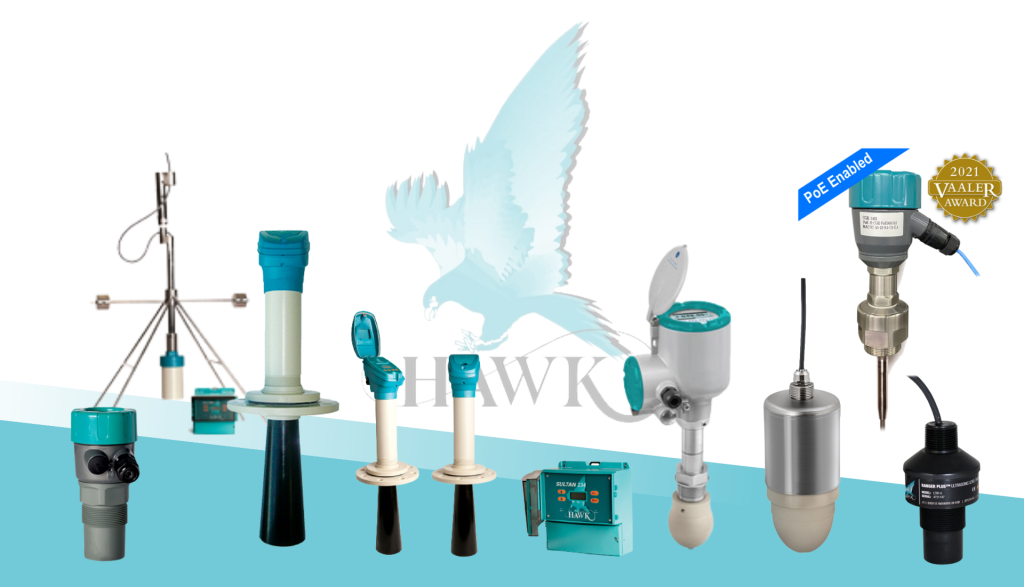

EASZ-1 Overview Features & Benefits Specifications Overview The EASZ-1 is a hazardous area approved online monitor that measures the amount
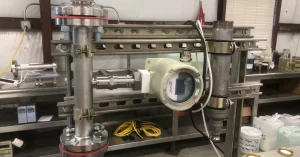
Water In Fuel Monitors The EASZ-2 is not a typical moisture sensor. It is fast response and not limited in
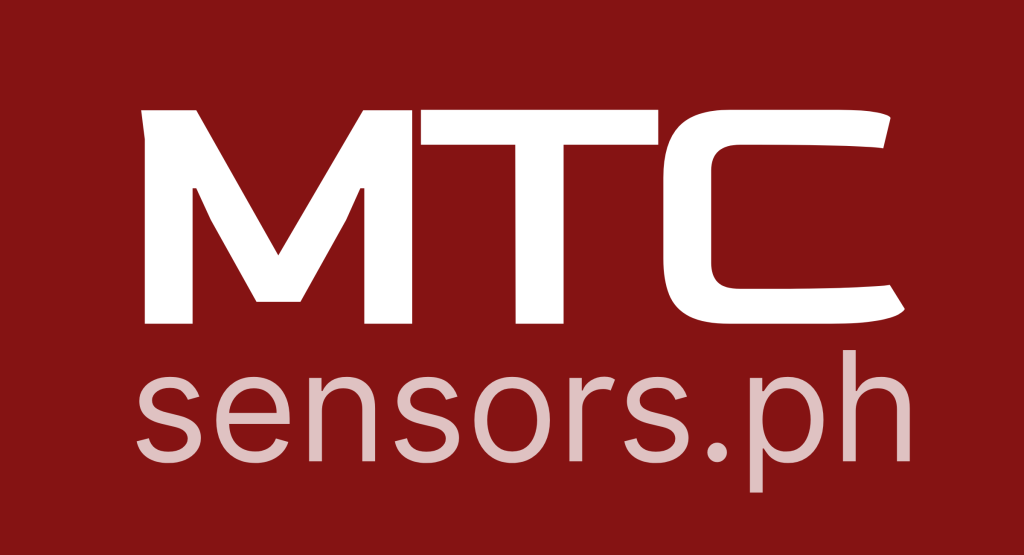
Copyright 2023 | All Rights Reserved
Measurement Technologies Corp. Philippines
Blk 2 Lot 6 Phase 2A Grand
Royale Subdivision, Bulihan
Malolos Bulacan 3000Region III
Philippines
Vraag hier je vrijblijvende offerte aan: